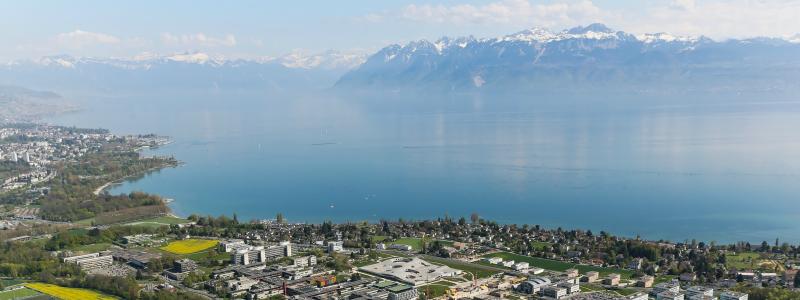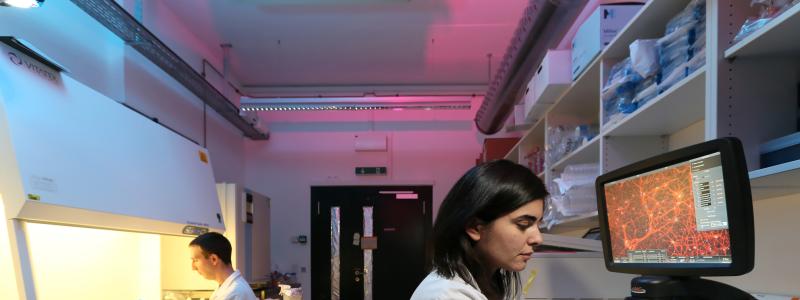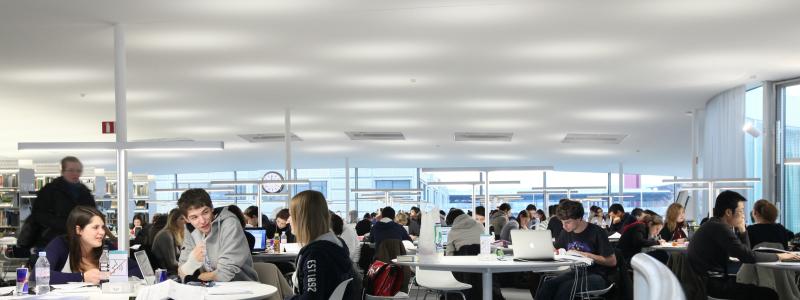The EPFL – at the heart of Health Valley
Houseofswitzerland.com presents Switzerland's universities and research institutes, which are among the best in the world. Let's start with the Swiss Federal Institute of Technology Lausanne (EPFL) – at the cutting edge of science and technology.
What do the first Swiss satellite sent into space, the first balloon to travel around the world without stopping and the Human Brain Project – an ambitious European project that attempts to create a computer simulation of the human brain – have in common? Behind each of these huge scientific feats are researchers and students from one institution – the Swiss Federal Institute of Technology Lausanne (EPFL) – on the shores of Lake Geneva in the canton of Vaud, in French-speaking Switzerland.
The EPFL specialises in science and technology. It is one of the leading universities worldwide in both areas, attracting internationally renowned teaching staff. It is one of Switzerland's two Swiss federal institutes of technology, of which the other is in Zurich (ETH Zurich). Together they form one of the three pillars of higher education in Switzerland, alongside universities and universities of applied sciences.

Government funding
The EPFL is a public institution. Like its Zurich counterpart, it is a federal institute and the Swiss government funds more than two-thirds of its budget (CHF 900 million in 2014). A federal act sets out its purpose (education, research, innovation, collaboration with other institutions in Switzerland and abroad, responding to the needs of the country, etc.). Like the ETHZ, the EPFL has been made a hub of the future Swiss Innovation Park, a joint project involving the Confederation, the cantons and the scientific and business communities to increase Switzerland's international competitiveness. The EPFL has joined forces with the cantons of Vaud, Valais, Fribourg, Geneva and Neuchâtel, where satellite sites are located.
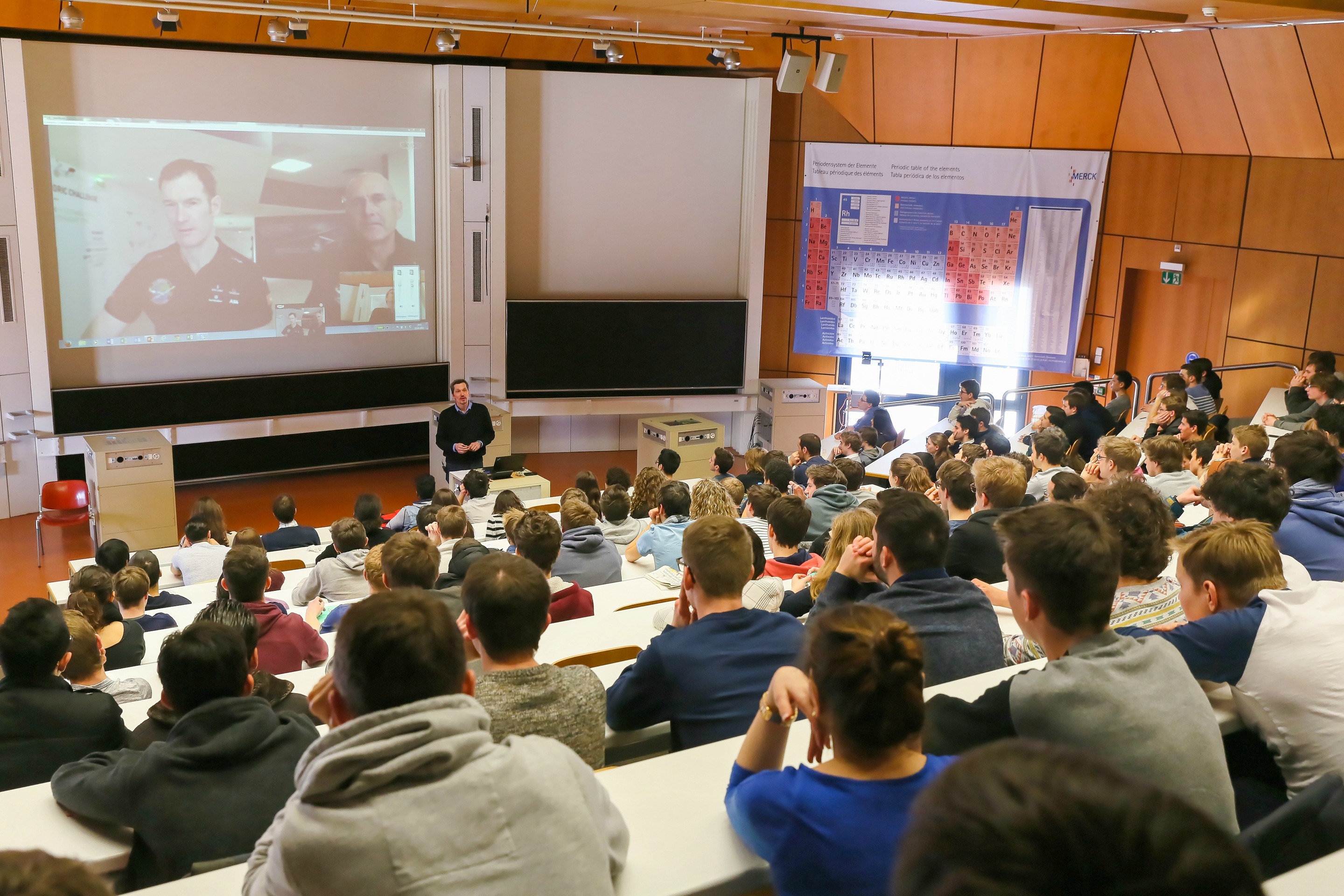
© Alain Herzog / EPFL
The institute has developed rapidly in recent years. The Rolex Learning Center, the EPFL's flagship building which opened in 2010, is a sign of this rapid expansion. The Rolex Learning Center was designed by Japanese architectural firm SANAA, winner of the prestigious Pritzker Prize in 2010. Intended as a meeting place, the centre houses a library, restaurants, a cafeteria, and areas for study and relaxation. In 2014, the EPFL also equipped itself with an ultra-modern futuristic-looking conference centre, the SwissTech Convention Center. From late 2016, the Under One Roof project with its 250-meter long roof will house a Montreux Jazz Café, a museum space and the Datasquare pavilion designed to display the EPFL's pioneering research.
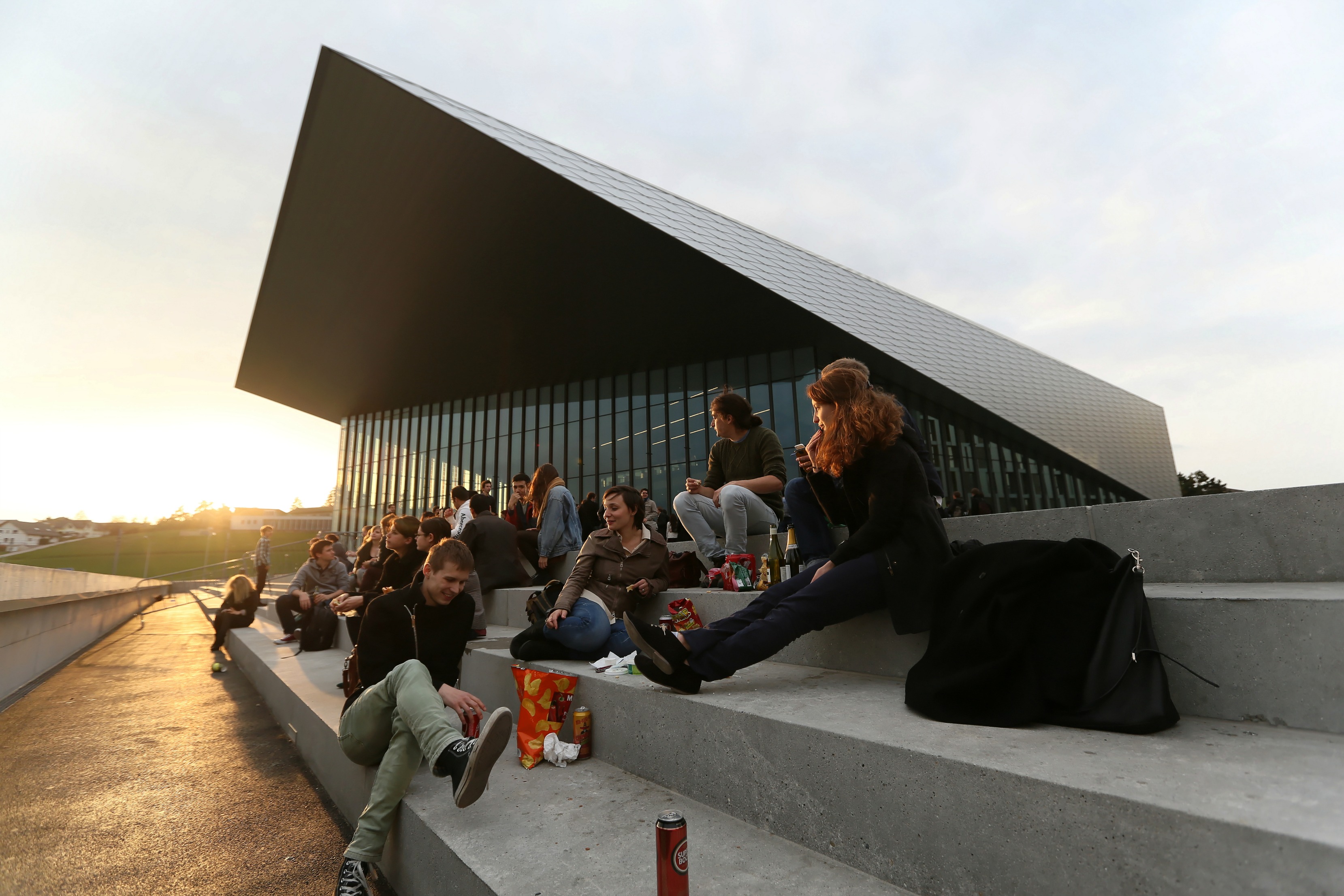
© Alain Herzog / EPFL
Supporting entrepreneurship
These innovative facilities illustrate the EPFL's strategy to make the campus a hub where students and teaching staff rub shoulders with entrepreneurs. Alongside education and research, another of the EPFL's core objectives is technology transfer between academia and the economic sphere.
It thus encourages entrepreneurship and has always maintained close relations with local industry. The EPFL Innovation Park hosts over 150 start-ups and research centres of Swiss and international companies including food-industry giant Nestlé, Zurich bank Credit Suisse and the German technology group Siemens. The park sees the creation of more than one start-up every month. Many are set up by EPFL students or PhD students, often thanks to fellowships, grants and innovation programmes (Innogrant, Venture Kick, Venture Lab).
Encouraging multiple interactions
Constant effort is needed to attract companies and encourage start-ups, explains Patrick Aebischer, the president of the EPFL since 2000. "You need to bring together two worlds that don't necessarily speak the same language and don't always share the same value system or the same working and management methods. You have to multiply the opportunities for people to meet, for interactions. This takes the form of R&D centres on campus, where embryonic start-ups meet multinationals, and where researchers, students and entrepreneurs can exchange views and keep each other up to date on what is going on in their sector."
The close proximity between the students and companies benefits everyone, says Daniel Borel, founder of the Swiss IT company Logitech, which has a research centre and offices at the EPFL. "We have access to the best engineers, who can train with us and then maybe join our company," he says. Borel himself studied plasma physics at the EPFL, graduating in 1973. "The size of today's EPFL is incomparable with the school I studied at."
Interdisciplinary
For Daniel Borel, whose company is also based in Silicon Valley, one of the EPFL's advantages over its major American competitors is that its relatively small size allows extensive interaction between different fields. "Many EPFL projects are highly innovative because they are at the intersection of several disciplines." The life sciences are a good example of this, he says. The EPFL invested heavily in the life sciences in the 2000s, encouraging many start-ups in the Lake Geneva region. It was so successful that the region to the north of Lake Geneva between Geneva and Montreux is now known as Health Valley.
Does the EPFL want to imitate Stanford University, which largely contributed to the rise of Silicon Valley in California? "In the demanding field of health-related technologies – whether pharma, biotech, medtech or nutrition – I believe that Switzerland, and particularly the Lake Geneva region, have what it takes to master the whole innovation chain," says Patrick Aebischer, "but we are not creating Health Valley any more than Stanford alone created Silicon Valley. We will, I hope, be a link in this chain, an essential one of course, but on an equal level with everyone else."
